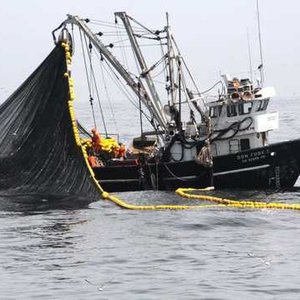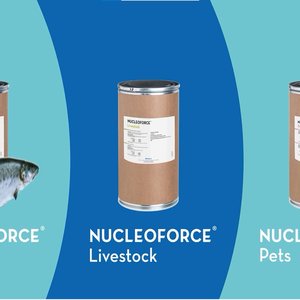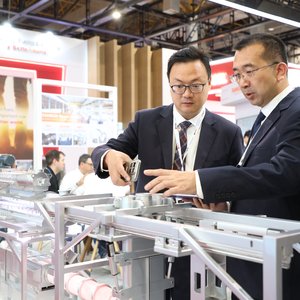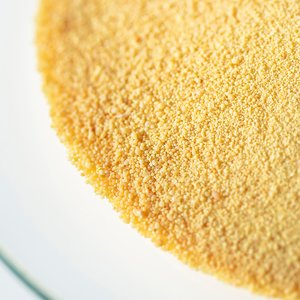The results of new studies on the evaluation of innovative microbial based solutions for shrimp health, nutrition and management were shared at the recent APA 18 conference.
Lallemand Animal Nutrition shared the results of new studies conducted in partnership with ShrimpVet Laboratory at Nong Lam University. These studies encompass the development and evaluation of functional feed ingredients to help address important shrimp health issues such as Enterocytozoon hepatopenaei (EHP) challenge, or white feces syndrome (WFS), as well as the development of integrated bioremediation strategies for pond water management.
The EHP trial was conducted at ShrimpVet Laboratory in Ho Chi Minh City, Vietnam, on EHP-challenged juvenile whiteleg shrimp. It evaluated a multi-strain yeast-based additive developed by Lallemand Animal Nutrition — YANG — with enhanced immune-modulating properties and binding activities against undesirable bacteria. YANG was fed for 14-days prior to the disease challenge and during the challenge period.
“With YANG, the pathogen load in the hepatopancreas, measured by qPCR, was reduced at all time points and by up to 64% at the peak of infection. As a result, the body weight of challenged shrimp was 7.9 % higher thanks to, interestingly, a much reduced prevalence of severely compromised animals” explained Eric Leclercq, Ph.D., Aquaculture R&D and Technical Support Manager with Lallemand Animal Nutrition. “YANG, applied preventively and over an EHP challenge period, can thus help contribute to reducing the severity of the EHP outbreak and related loss of growth. Importantly, ‘runt’ shrimp typically act as disease reservoir, so reducing their prevalence can help safeguard the crop to harvest,” he concluded1.
As with EHP, White Feces Syndrom (WFS) is a pathology that strongly affects shrimp growth and FCR, but also survival. The infectious nature of the disease, and development of a challenge model, were only recently described by Professor Loc Tran from ShrimpVet Laboratory. The trial presented at APA 2018 aimed at assessing the potential of YANG to help mitigate the severity and impact of the syndrome, using the recently available WFS challenge model. Results indicated a lower prevalence of gross syndromes at the peak of infection, a lower loss of body-weight and a clear trend towards a higher survival. This highlights for the first time, thanks to YANG unique properties, the potential of a microbial-based solution as part of an integrated management program to support good health and performance under these conditions.
In the final presentation, Dr. Leclercq discussed some key factors of success in the selection and deployment of an effective bioremediation strategy for shrimp farming. Distinct microbial solutions are available, each addressing specific aspects of the pond system. When properly applied and combined, bioremediation solutions can become powerful tools to secure and increase the capacity of the pond to carry a healthy crop to harvest.










